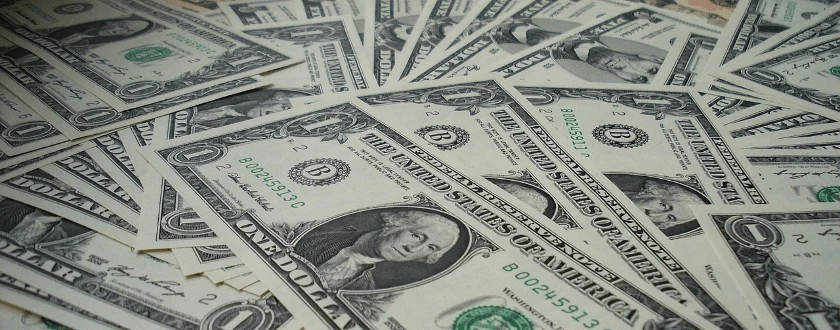The notion that the U.S. dollar’s dominance is under threat has been overstated, according to currency expert Eswar Prasad. In an op-ed in Foreign Affairs, Prasad, a senior professor of trade policy at Cornell’s Dyson School of Applied Economics, argues that the greenback’s leading position must be actively challenged by other nations, rather than simply abandoned.
Read also: Impact of Tariffs on the US Dollar: A Decline in Value
Prasad points out that despite President Donald Trump’s controversial policies, including tariffs and attacks on the Federal Reserve, the dollar’s global supremacy remains largely unchallenged. The U.S. dollar continues to be the preferred currency for international payments and reserves, primarily because alternative assets from major economies like China, Japan, and Europe are not as appealing. Issues such as restricted capital mobility in China and political instability in the eurozone contribute to this scenario.
According to data from the IndexBox platform, the U.S. dollar’s role in global transactions remains robust, even amidst a “sell America” trade trend that has seen U.S. Treasury bonds and the dollar experience sell-offs. Prasad notes that foreign investors are diversifying their portfolios, but the limited depth and liquidity of other countries’ financial markets restrict significant capital inflows.
Despite ongoing de-dollarization trends, Prasad emphasizes that the dollar’s dominance is likely to persist due to weaknesses in other global economies. He concludes that unless there are significant changes in the economic and political landscapes of these nations, the dollar will continue to hold its position at the top of the world’s monetary system.

